|
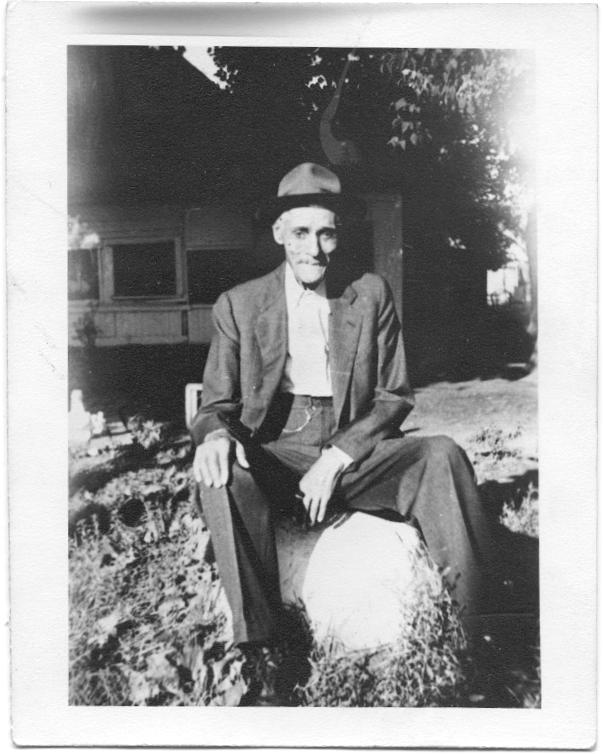
George Washington Estell (February 10, 1857-
October 28, 1950) of Mattoon, Illinois.
|
|
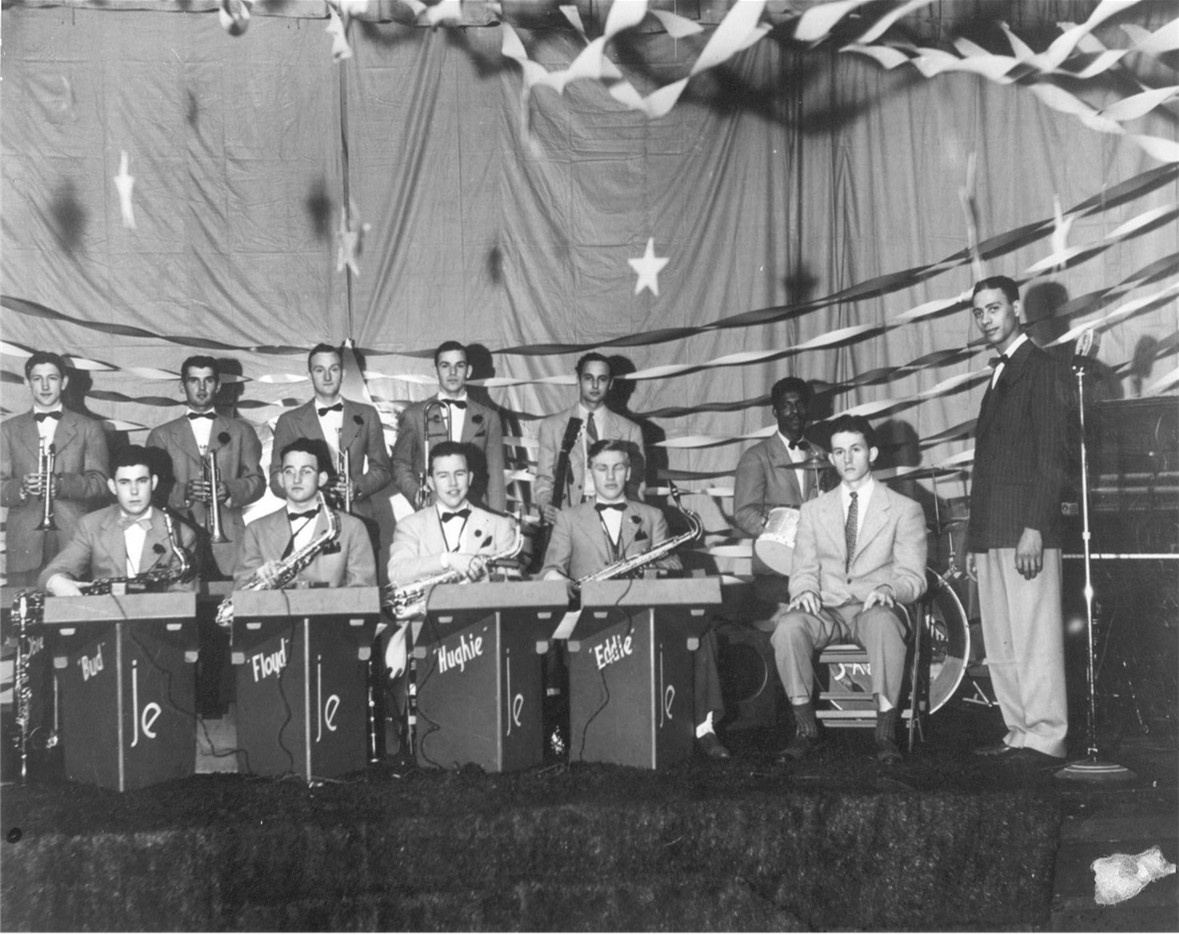
Johnny Estell's Band, Mattoon, Illinois.
The band director was John Estell, standing far right, c.
1940's.
|
|
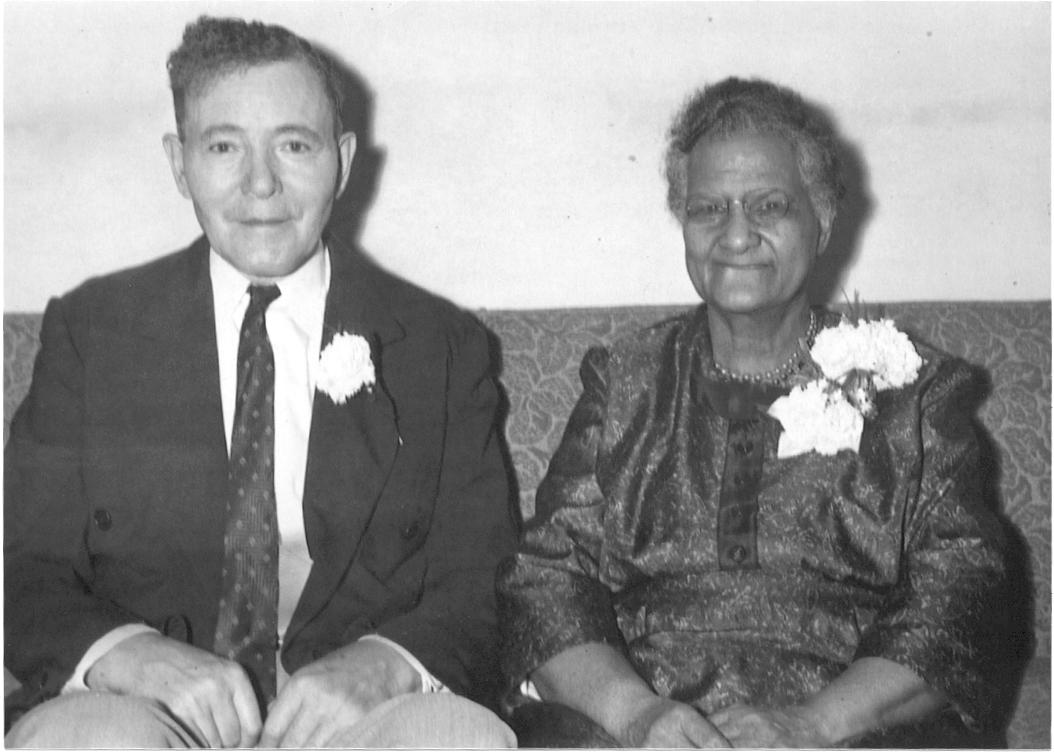
Mr. G. Harry Estell, and Mrs. Ada Estell
celebrating their 50th Wedding Anniversary in 1960.
|
|
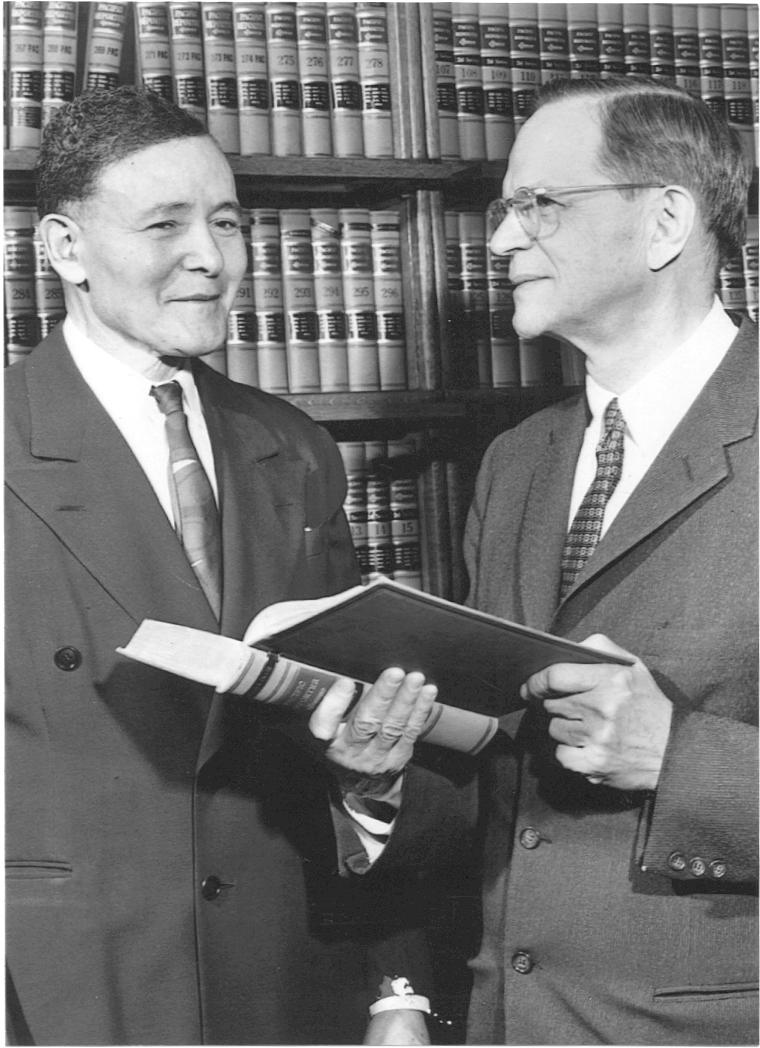
Rev. Harry Estell, Sr. (left), and Craig
Van Meter (right). Rev. Estell was for many years an ordained
minister and pastor of the Second Missionary Baptist Church
in Mattoon, Illinois. He also served as custodian of many
professional and business enterprises, the major one being
Craig & Craig law firm in Mattoon.
|
|
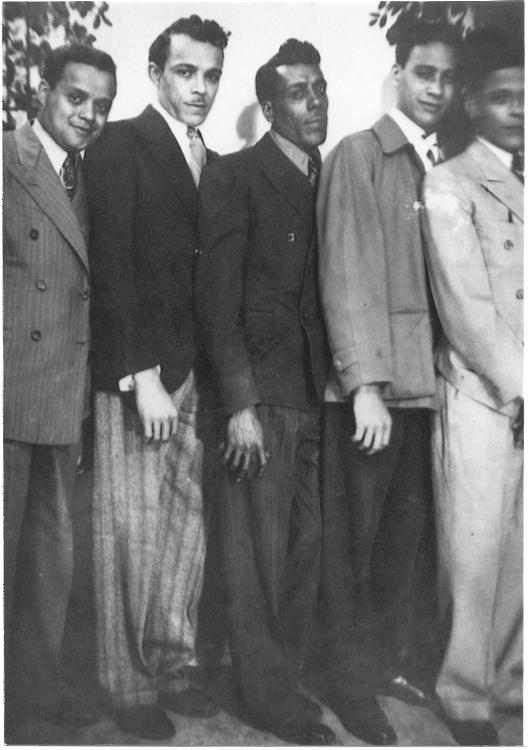
Young Black Men: (left to right) Harold Edward
Estell, Charles Estell, Lara Hap Estell, John Estell and Velma
Dutch Estell, C. 1940's.
|
|
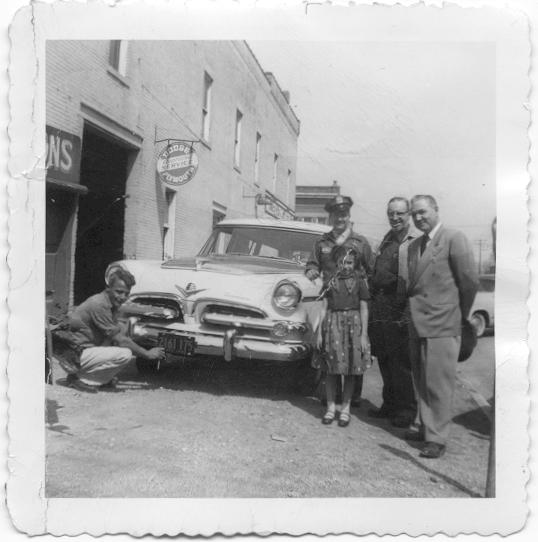
Miller & Sons Dodge and Plymouth Dealership,
Mattoon, Illinois. Stooping to the left is Velma Dutch Estell
who worked at the garage for 36 years. He retired in 1971.
|
|
The photographic exhibition which gave rise to
this book focused on the history of African Americans from the nineteenth
century to the present. The exhibition which was held at the Tarble
Arts Center on the campus of Eastern Illinois University from January
25 to March 10, 2002, explored the accomplishments of African Americans.
The images also addressed their everyday lives, social, religious,
economic, political and cultural activities. In economic terms,
the exhibition spoke to the entrepreneurial role of African Americans
in the building and development of the county and region. In addition,
by using photographs of African Americans who have interacted with
Eastern Illinois University, the exhibition explored the role of
the university in the education, training and employment of African
Americans. Furthermore, the exhibition highlighted the role of the
African Americans as students, workers, educators, community builders
and responsible citizens of the region.
Illinois grew out of the transfer of the Northwest
Territory from the State of Virginia to the United States in 1784.
The physical settlement of Coles County by white settlers is dated
to 1824. Historical records have it that Benjamin Parker was the
first settler to build a log cabin in the area. The "log cabin
was built on the east bank of the Embarass River, just opposite
the place where Blakeman's mill was afterward erected, and was in
what is now Hutton Township." (5)
Coles County was incorporated in 1830. before then
its component cities, towns and townships were part of Clark County.
At its inception, the county included what is now Cumberland and
Douglas counties. The county was named in honor of Edward Coles,
the second Governor of Illinois who was elected to the position
in 1822. Edward Coles was a native of Virginia. He was a rich slave-owner
who migrated to Illinois with his slaves. On arrival he became a
citizen of the state and then set free his slaves. Of Edward Coles,
The History of Coles County Illinois states thus:
A man who loved liberty, its fires lighted up his soul, and
its benign influence dictated his action and inspired him with pure
purposes and prompted him to noble deeds. Of all other men, he demanded
respect for his rights, and to the rights and personal liberty of
all other men he accorded the same profound respect. On reaching
Illinois and becoming a citizen of the State, he set his slaves
all free, and, in addition, gave each head of a family among them
160 acres of land. Such was the law at that time, that a man setting
a slave free in Illinois, must give a bond that it should never
become a public charge. To this very unsavory requirement of the
law, Coles failed to yield obedience, for which little delinquency
his case was adjudicated by the courts, and he was fined $2,000.
Thus fine he was never required to pay... (6).
The black settlers who first settled in Coles County came from
Virginia, West Virginia, Kentucky and Tennessee. African Americans
migrated into the region as slaves and free individuals about the
same time as white settlers. One of the first known black families
who settled in the county was Lewis James, his first wife Nancy,
and their children. They might be settled in Brushy Fork sometime
before 1840 because they were listed in the Federal Census of that
year. Duane Smith writes that, "in the 1840 Federal census,
the first since Coles County was formed, the county recorded a population
of over 9,600 people. Among those listed were 33 persons of color.
While most of these were living in white households, Lewis James
was an exception. Lewis and his wife Nancy had purchased their freedom
in Virginia for $450, before coming to Illinois in the 1830's. The
James family was not only one of the first African American families
of the area, but they were some of the earliest settlers in the
region." (7) Another prominent early black settler in the region
was Isom Bryant. As reported by Melinda Meyer, "In the Douglas
County [note Douglas County was once part of Coles County] land
records, a man named Isom Bryant is recorded as entering 80 acres
to the east of the Negro cemetery in 1850, and his 40 acres to the
west in 1852... His wife, Lucy Ann (Minnis?), was born in Kentucky."(8)
One more famous individual noted in the 1850 Federal Census figures
for Coles County was one Lucy Dupree aged 60. She was born in Virginia
and was said to have owned a landed property worth six hundred dollars
($600.00) in New Albany Precinct (Oakland Township) in the nineteenth
century. Eleven other individuals whose ages ranged between 1 and
45 were also recorded to be in the precinct. By 1860, Lucy Dupree
was listed as having property worth about $3,400. In addition, by
1860, Joseph Martin and John Peyton were listed as landowners. (9)
Thus, an African American community was gradually emerging. One
of the enduring institutions of this black community was a log church,
the African Methodist Episcopal Church. Another was a cemetery which
today has a stone marker and a grave. It has also been reported
that from about 1830 to 1847 in East Oakland Township, one "Ms.
Berry had been left a widow, whit poverty and several young children
for an inheritance. Her effects then consisted of twenty acres of
ground, her horse, Ned, a slave woman and her children. Sickness
came, bread became scarce and the wolf looked in at the door. The
slave woman and the horse did farming, and had it not been for the
woman and the horse, her family would have come to absolute want."
(10) Melinda Meyer argues that,
|

